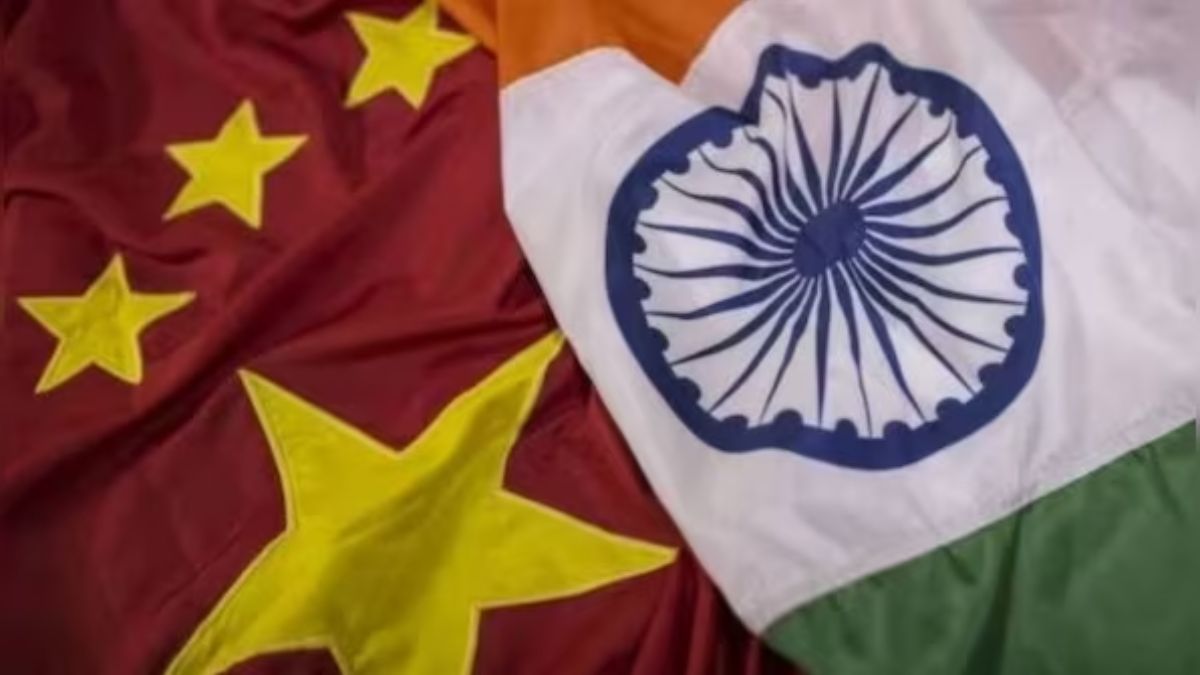By any yardstick, the leak of the detailed plans for the stealth submarines of the Indian Navy, built by the French military manufacturer DCNS (in which the French government has majority stakes), is a matter of serious concern. Submarines constitute one of the most important assets in a country’s arsenal because of their ability to control the underwater battle-space, affect maritime manoeuvre and deliver kinetic effect in support of land and maritime operations besides their core attributes of stealth, concealment and surprise. But then, a submarine is effective as long as it is secretive. If an enemy knows its secrets, then it becomes good for nothing. That is why the maxim goes, “loose lips sink ships.”
The stunning leak, which runs to 22,400 pages, has been “seen” by the newspaper The Australian. And these pages cover the entire secret combat capability of the six Scorpene-class submarines that DCNS has designed for the Indian Navy at an estimated cost of Rs 50,000 crore (the original cost was Rs 18,000 crore when the deal was signed in 2005). Incidentally, the first Scorpene (rechristened as Kalvari) of the much-delayed project (undertaken at MDL, Mumbai), is scheduled to be commissioned next month.
Four important questions arise out of this sordid episode: Who leaked the information? Who is benefiting from the leakage? How much has been leaked? And, how does it affect the Indian Navy’s overall capability?
It may be noted that given its enormity, the Scorpene-leakage is as much a big news as the leaks of the secret nuclear weapon design of Russia in 2015 and the theft of the military designs of more than two dozen advanced weapon systems of the United States in 2014, which the Chinese allegedly hacked to potentially weaken the US military advantage over China. In the case of Russia, the leakage was self-made and “accidental”. Apparently, a Russian television had revealed the design of a secret nuclear weapon delivery system: a drone submarine that could attack coastlines. Of course, the Russian explanation was not that convincing. How did a journalist gain access to such a secret weapons system? Military analysts therefore say that the leakage was intentional; the Kremlin wanted the West to know of the depth of its military might.
In the case of the Scorpene, one is not exactly certain from where did the leak originate. Although according to The Australian, the data was reportedly taken from France in 2011 by a former French Navy officer, and it then made its way to a company in Southeast Asia; but it was unclear how widely the leaked data had been shared. Sources in the Indian Ministry of Defence (MoD) are certain that the place of origin of the leakage was not India. But the DCNS in Paris suggests otherwise when it assures the Australian authorities (it has recently signed a deal worth of 50 billion dollars with Australia) that this sort of leak could not happen on the Australian submarine project because there are tighter controls on it as compared to that in the Indian project. According to the DCNS, as far as the Australian project is concerned, the company is responsible for safeguarding sensitive information both in France and in Australia, whereas in India it was merely “the provider and not the controller of technical data”.
In other words, DCNS thinks that the leak originated from India rather than France. But, both, the newspaper The Australian and the Australian authorities are reluctant to buy the DCNS version; they think that the leak originated from France in 2011, as the leaked data also contained details of DCNS projects unrelated to India. Besides, there is a general feeling in the West, particularly in the United States, that France has a reputation of being little careless with its military secrets.
In fact, this suspicion about the French capacity to keep secrets makes it little difficult to answer the second question - Who is benefiting from the leakage? Given the unpalatable truth that both Pakistan and China will remain India’s adversaries for a long time to come, it is natural to have the needle of suspicion point at these two countries. But this would be too simplistic. All said and done, there has always been a bitter rivalry among the Western countries and their military industrial complexes in developing new systems and finding markets for them.
It may be noted that it was the Great Britain that first started work on the development of nuclear weapons. In this work, it invited the Americans to participate. But the Americans then ditched the Brits to become the first at developing and later using the nuclear devices. Of course, with the onset of the Cold War, both nations came together and their partnership in developing new systems continue in some form or the other. But the same cannot be said about other Western countries. Americans were always suspicious of the French and this had an impact on their scientific cooperation, a reason for the delay in France becoming a nuclear power.
Even otherwise, the arms-manufacturers of the Western countries have been fierce rivals (consortiums like the Eurofighter Typhoon are exceptions). For instance, DCNS had strong rivalry from Germany and Japan before clinching the Australian submarine deal. With regard to India, we know how stiff the competition was for the Rafale combat aircraft (that we ultimately chose) from Eurofighter Typhoon, Mig 35(Russia), FA 18 Super Hornet(the USA), Saab Gripen(Sweden) and F-16 E/F(USA). It may also be noted that the Scorpene deal came against the background of the controversies over corruption with the German HDW (because of which a new deal to have more German submarines was cancelled in 1990s), which, otherwise, has made our Shishumar-class submarines (The Indian Navy operates four German-made HDW Type 209 submarines, with two out of four boats, the INS Shalki and INS Shankul, produced in India under a technology transfer agreement). In fact, at the moment Germany is in talks with India over a possible government-to-government deal for the procurement of six 2,000-ton (submerged) diesel-electric Type 214 submarines built by HDW.
Be that as it may, many Western countries have not exactly appreciated India’s close strategic partnership with France. It is true of every major country that geopolitical factor plays an important role in big-ticket purchases. French Mirages played a vital role during the 1999 Kargil campaign against Pakistan. During that campaign, India, and this is extremely important to note, obtained French clearance – and possibly more - to urgently adapt Israeli and Russian-supplied laser-guided bombs to the Mirages, which were thus able to successfully engage high-altitude targets that Indian MiG-23s and MiG-27s had been unable to reach. Besides, France is the only major Western nation (other than Russia) not to impose sanctions on India, following its nuclear explosion in 1998.
Coming back to the Scorpene leak, it is of extreme significance to find out whether the leak is deadly enough to compromise the efficacy of the six planned submarines for the Indian Navy. It is in fitness of things that Defence Minister Manohar Parrikar has asked the Navy to determine the “damage”, and till then one has wait for any conclusion. One can only hope that the damage is not crippling as feared, given the facts that the leaked plans date back to 2011 and then the data would be of limited use to India’s opponents as the “signature-data” that a submarine makes is known only when it starts operation.
However, the fear is that some of the leaked data reveal a date stamp as late as May 2013. Even otherwise, the leaked data contains highly classified technical manuals and other sensitive information, including details of the submarines’ secret stealth technology, torpedo-launching systems and its many intelligence-gathering systems. So much so that the data tells the submarine crew where on the boat they can speak safely to avoid detection by the enemy. In such a situation, the best course is to redesign the submarine. But it is easier said than done as the submarine is at an advanced stage of construction. Therefore, one has to wait for the Navy’s fact-finding team’s conclusion.
That brings us to the last question — how does the leak affect the Indian Navy’s overall capability? As I had earlier said, the Indian Navy’s submarine arm - 13 conventional submarines of vintage between 15 and 30 years, one SSN(nuclear-powered submarine - Akula II class submarine, named INS Chakra - on lease from Russia for ten years) and the indigenous Arihant (SSBN or ship submersible ballistic, nuclear submarine) still undergoing trials - does not make an encouraging reading, given India’s strategic location, its size and its emerging regional power status as the region’s pre-eminent maritime power. Hence it can be said, the Scorpene-leak adds to India’s woes.


)




)
)
)
)
)
)
)
)